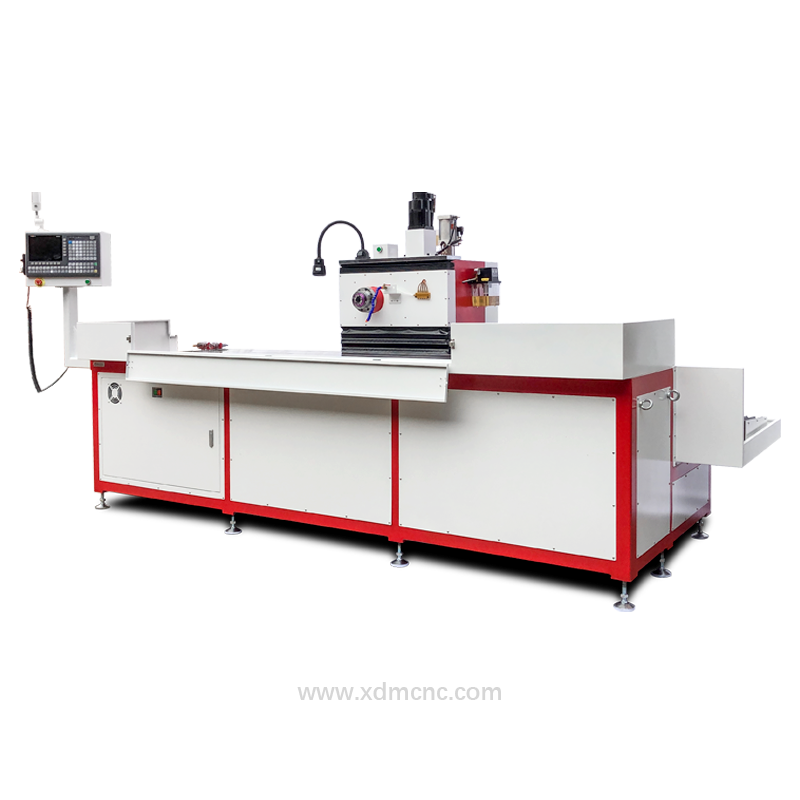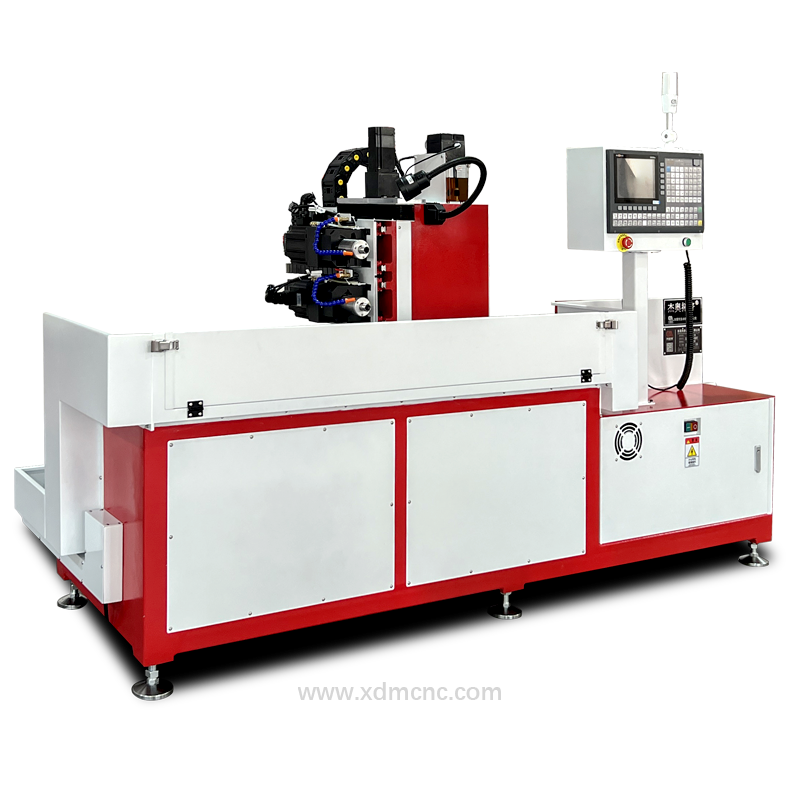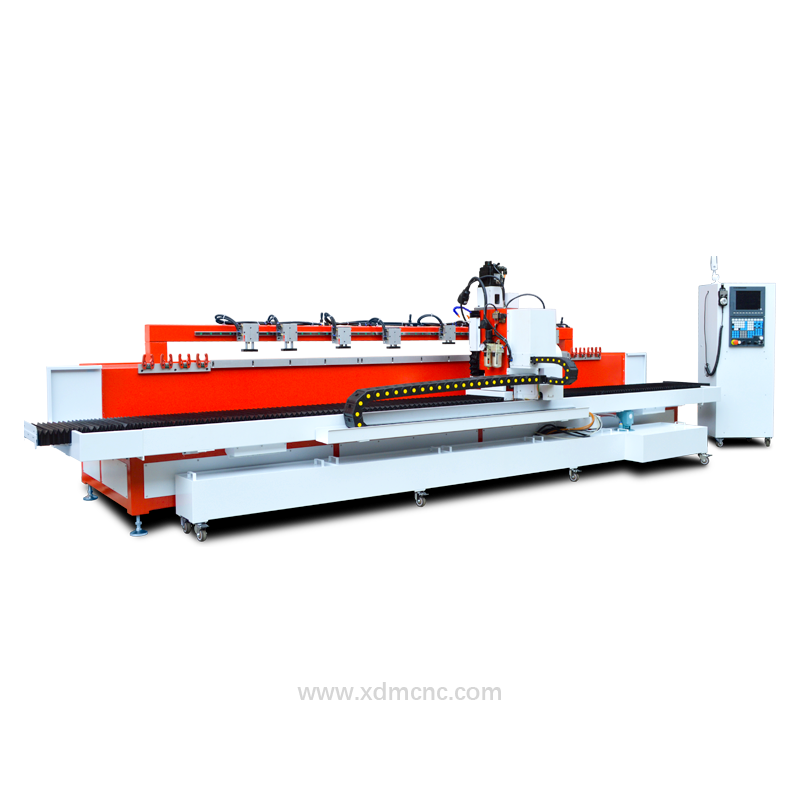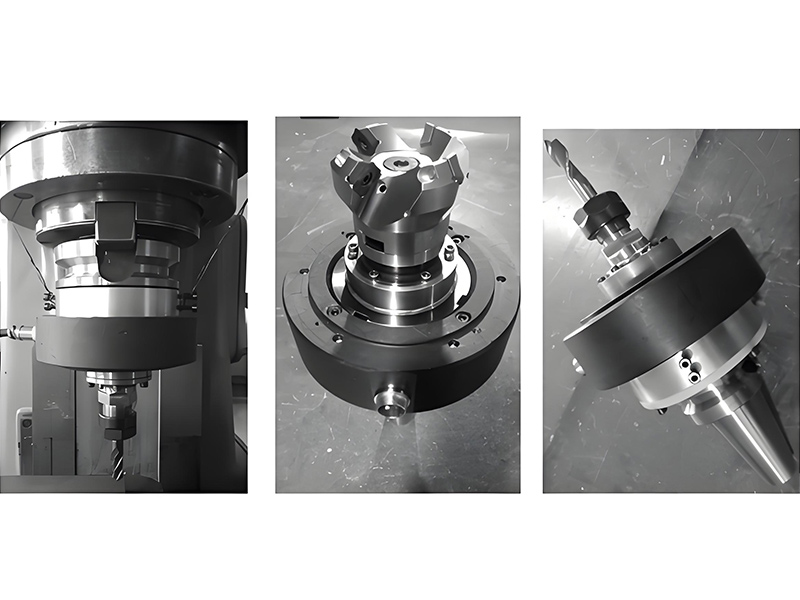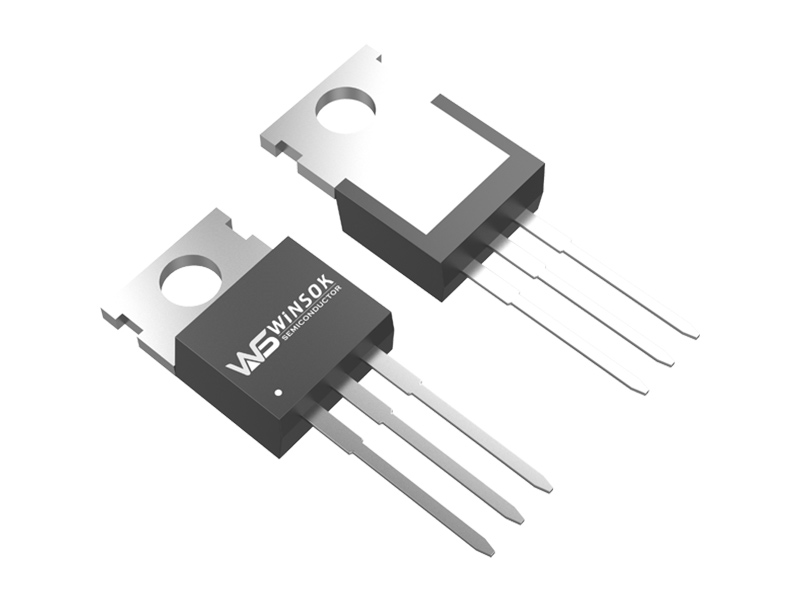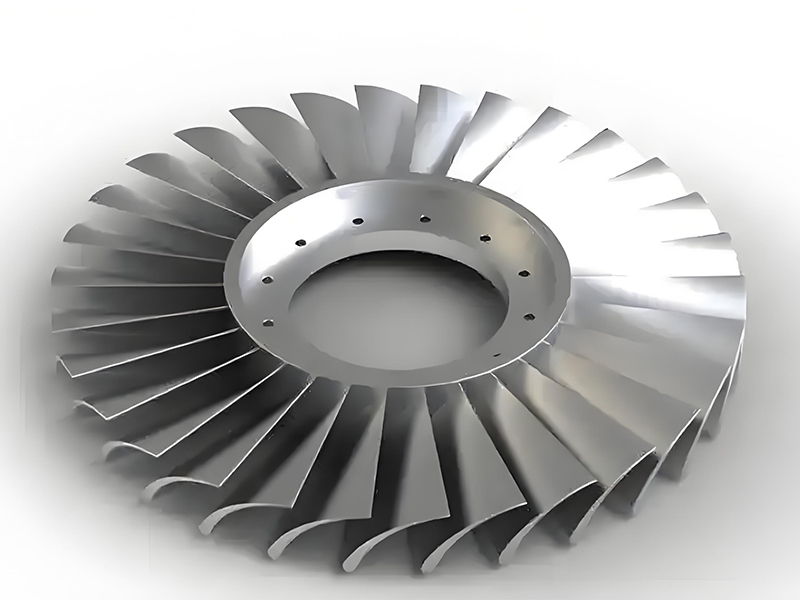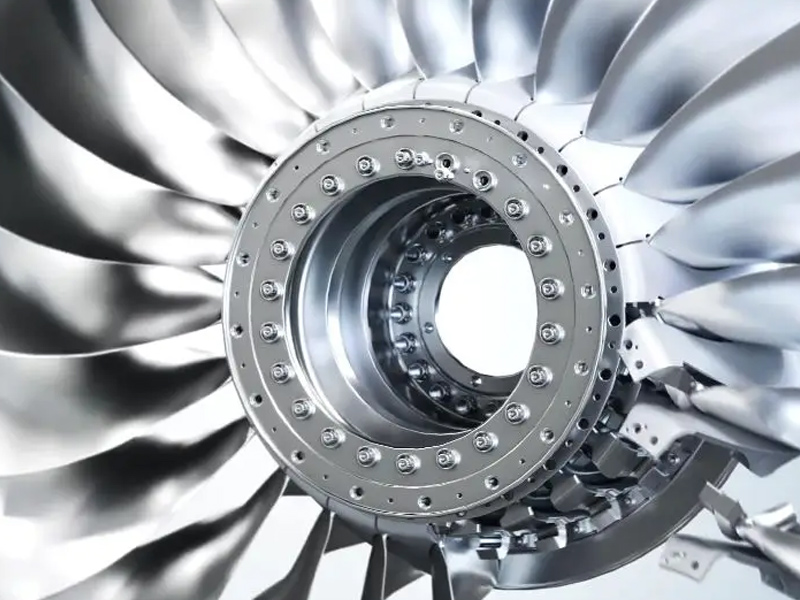Abstract
Ultrasonic Drilling, an advanced machining technology that combines high-frequency mechanical vibration with traditional cutting processes, is redefining high-end manufacturing paradigms with advantages such as low stress, high precision, and multi-material adaptability. This paper systematically analyzes the core value and development potential of ultrasonic drilling technology from three dimensions: technical principles, industry applications, and market prospects.
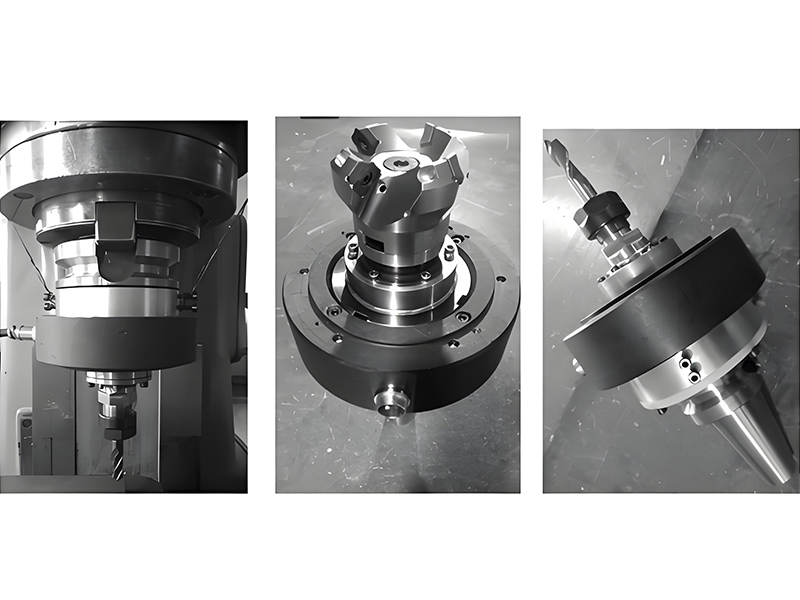
I. Technical Principles and Core Advantages
Ultrasonic drilling superimposes high-frequency vibration (20-40kHz, amplitude typically 5-50μm) in the axial direction of the drill bit, creating an intermittent contact cutting process. The physical mechanisms involved include:
Vibration Chip Fragmentation Effect: High-frequency impacts accelerate chip breakage, preventing chip clogging in traditional drilling.
Thermal-Mechanical Coupling Control: The micro-cooling cycles induced by vibration reduce cutting temperatures by 30-50% compared to conventional methods.
Stress Field Reconstruction: Dynamic load distribution reduces residual machining stress by 60-80%.
Key technical indicators have reached:
Hole diameter precision: ±2μm (for micro-holes below 1mm).
Machining efficiency: Drilling speed in glass materials increased by 3-5 times.
Surface roughness: Ra<0.1μm (for ceramic materials).
II. Industry Application Landscape
1. Aerospace Manufacturing
In carbon fiber-reinforced polymer (CFRP) machining, traditional drilling results in fiber tearing defects as high as 15%, whereas ultrasonic drilling limits delamination defects to within 0.5mm. The Airbus A350 wing skin drilling process has fully adopted this technology, reducing the single-unit manufacturing cycle by 120 hours. Boeing, in collaboration with Germany’s Trumpf, has developed a five-axis ultrasonic machining center capable of single-step processing of titanium/ composite stacked structures.
2. Medical Implant Processing
For polymer materials (PEEK) used in orthopedic surgical guides, hole diameter tolerances must be ≤10μm. Ultrasonic drilling, with its non-thermal damage properties, has become the standard process for pedicle screw navigation templates. In 2023, the global orthopedic navigation equipment market reached $4.7 billion, with an annual compound growth rate of 8.2%, directly driving demand for related machining equipment.
3. Semiconductor Packaging
In IC substrate micro-hole processing, ultrasonic drilling has surpassed the 0.15mm limitation of traditional mechanical drilling, enabling through-hole processing at the 50μm level. Japan’s DISCO Corporation has developed an ultrasonic-laser hybrid drilling machine, achieving a processing cycle of 0.8 seconds per hole in Samsung’s 3D packaging production line.
4. New Energy Vehicle Manufacturing
For silicon nitride ceramic insulators used in 800V high-voltage platforms, ultrasonic drilling addresses brittle material chipping issues, increasing the yield rate from 68% to 95%. In CATL’s next-generation battery modules, 96% of ceramic sealing components are processed using this technology.
III. Market Prospects and Trend Forecasts
1. Explosive Market Growth
According to MarketsandMarkets, the global precision machining equipment market is projected to reach $14.6 billion by 2027, with the share of ultrasonic machining systems increasing from 9.3% in 2022 to 17.5%. China’s market growth is particularly prominent, with related equipment imports rising by 214% year-over-year in 2023.
2. Technological Innovation Directions
Intelligent Process Packages: AI-driven adaptive vibration parameter systems (e.g., Siemens SinuTrain ultrasonic module).
Hybrid Energy Field Machining: Ultrasonic + laser/electrochemical hybrid manufacturing equipment.
Miniaturization Breakthroughs: Nano-ultrasonic probes (Fraunhofer Institute has achieved 300nm hole processing).
3. Opportunities for Supply Chain Restructuring
Upstream piezoelectric ceramic suppliers (e.g., PI Corporation, USA) are accelerating the development of high-temperature-resistant (>300°C) transducers. Midstream equipment manufacturers (e.g., GF Machining Solutions, Switzerland; Brother Industries, Japan; and Duomi CNC, China) are launching modular ultrasonic spindles that can retrofit existing CNC machines. Downstream service markets are emerging with ultrasonic machining cloud platforms providing process database sharing.
4. Environmental Policy-Driven Growth
Ultrasonic machining reduces coolant consumption by 70% compared to traditional cutting fluids, aligning with the EU's Sustainable Product Ecodesign Regulation (ESPR). By 2030, this technology is expected to eliminate 120,000 tons of coolant pollution worldwide.
IV. Challenges and Countermeasures
Current constraints include the high cost proportion of piezoelectric ceramic transducers (about 40%), cross-industry process migration difficulties, and bottlenecks in composite vibration control algorithms. The industry is tackling these challenges through material substitution (e.g., lithium niobate single crystals), digital twin process development, and industry-academia collaborative research initiatives.
Future Outlook for Ultrasonic Drilling
As a key enabling technology for green precision manufacturing, ultrasonic drilling is opening up trillion-dollar market opportunities. With the rapid adoption of new materials and the upgrade of high-end manufacturing, this technology is expected to transition from a specialized process to a standard configuration within the next decade, becoming a fundamental infrastructure in advanced manufacturing.




